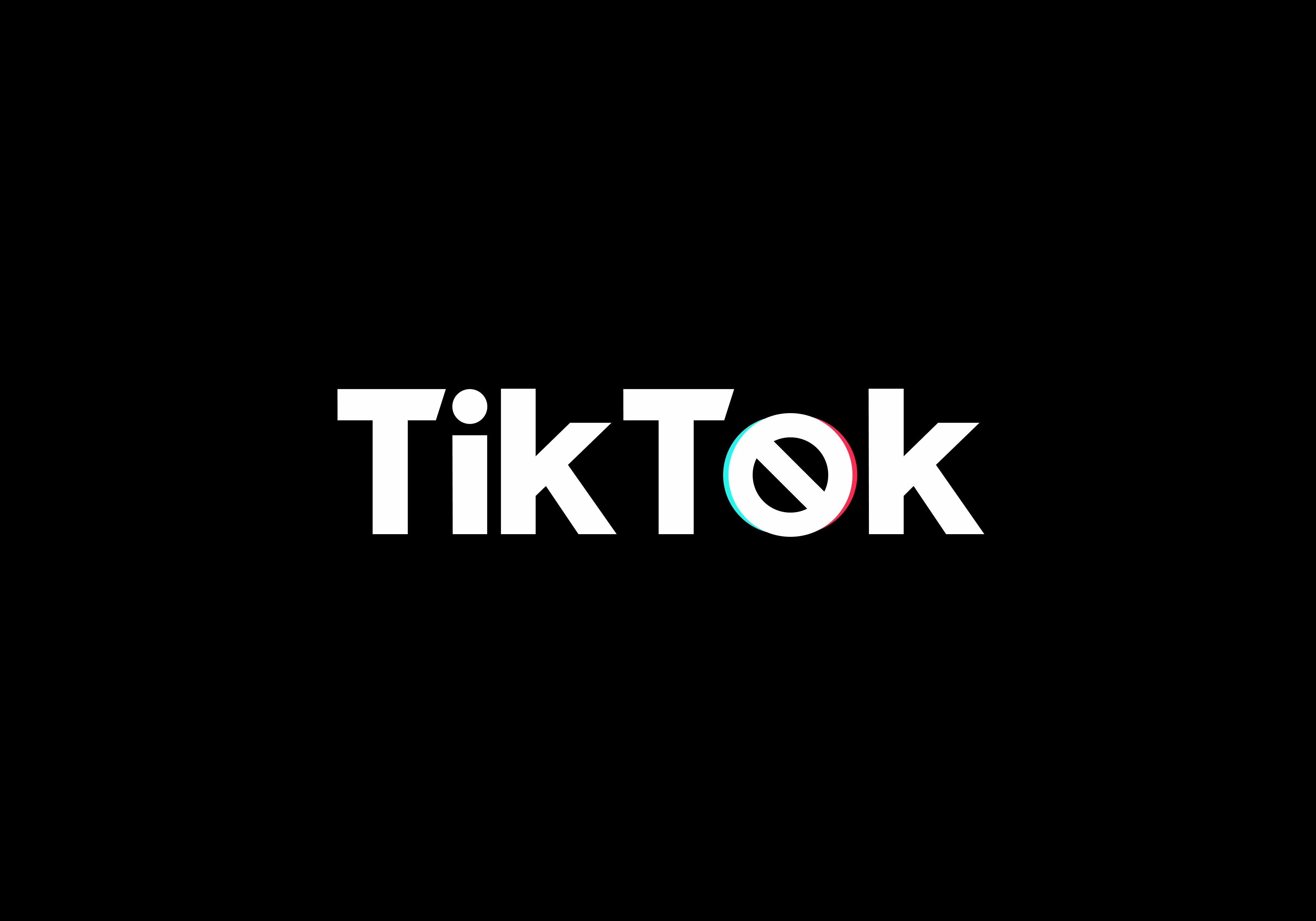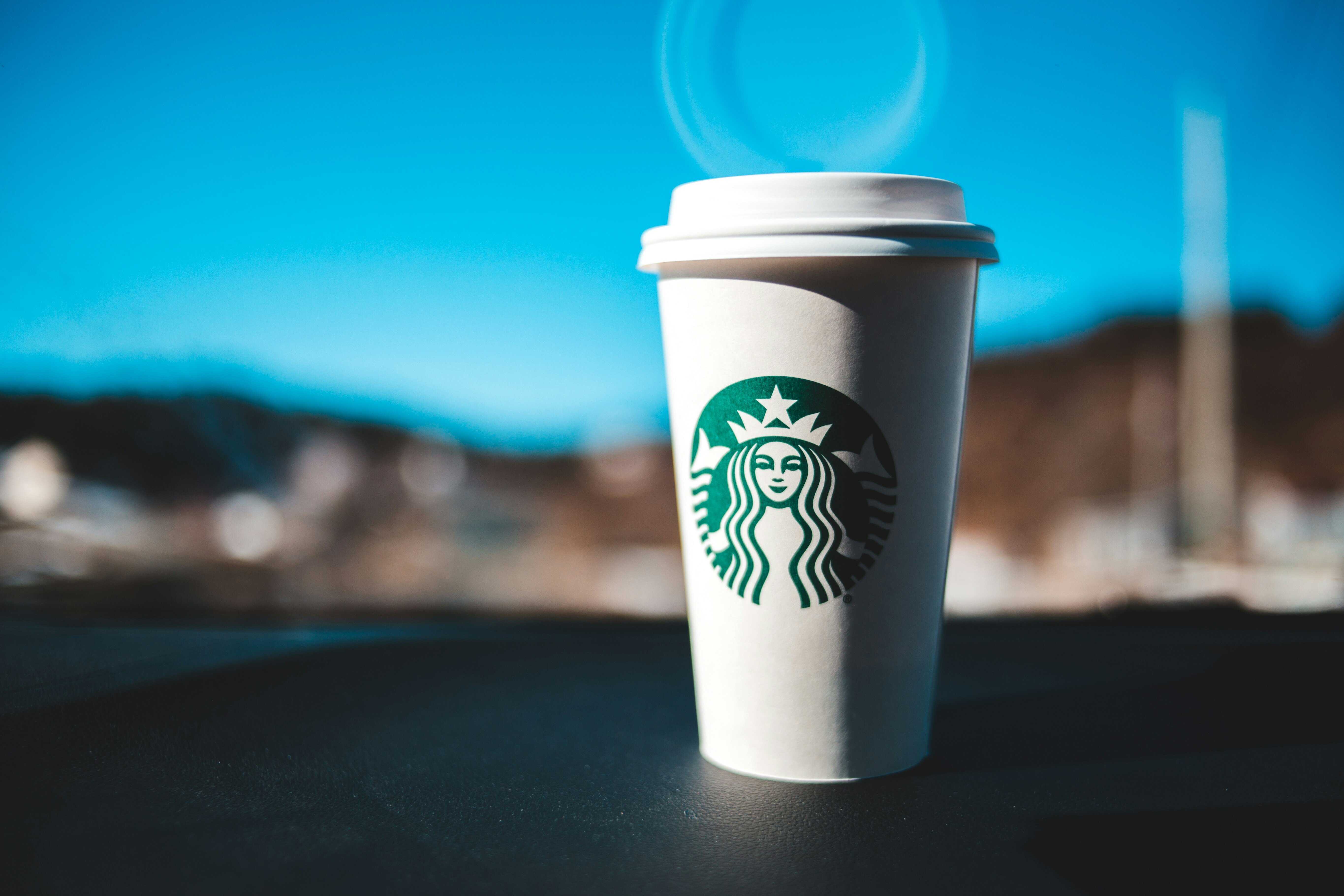
4 min read
8 Steps for Conducting a Year-End Marketing Review
Another year down, which means it's time for marketers everywhere to shift from execution mode to evaluation mode.

4 min read
Another year down, which means it's time for marketers everywhere to shift from execution mode to evaluation mode.

4 min read
Have you ever been part of a rebranding project and had a board member or senior leader say, "That's not who we are."

5 min read
Brand leaders are tasked with developing marketing budgets each year, but many struggle to balance quick wins with long-term growth.This creates a...

4 min read
Creative tools like CapCut make it easy to generate short-form video content fast. But before you or your team upload anything branded, you should...

5 min read
Credit unions have always claimed to put members first. But so does everyone else now, including big banks and fintechs. In a marketplace full of...

3 min read
AI-powered search is rewriting the rules of digital visibility. With the rise of AI Overviews (AIOs), rich snippets that provide immediate,...

3 min read
As policymakers in the United States debate the fate of TikTok, marketers are keeping a close eye on the potential ripple effects.

4 min read
When thinking of conversion rate optimization, people often jump right to page design; however, the psychology behind decision-making often plays an...
5 min read
In a world flooded with advertisements and promotions, it's not enough to simply showcase your product or service to attract sales. Product research,...

4 min read
The holiday season is a pivotal time for many businesses—a period relied upon to boost sales, engage with customers, and strengthen brand loyalty.